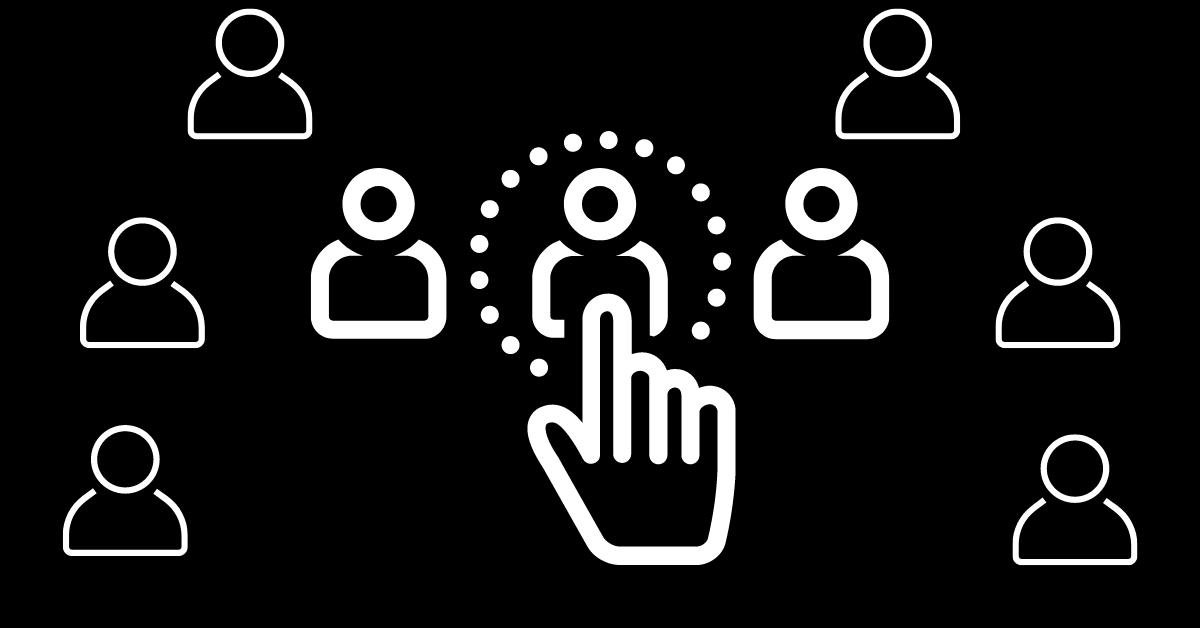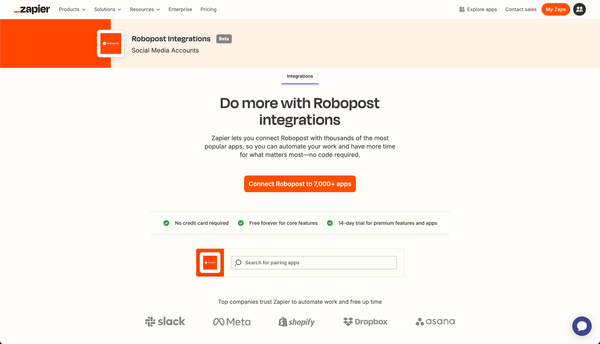Personalization in Social Media: Reaching Your Audience More Effectively
Explore effective social media personalization strategies to engage your audience and boost conversions with tailored content.

In today's digital world, personalizing social media content has become crucial for grabbing audience attention and creating meaningful connections. By customizing content and interactions based on each user's preferences and actions, businesses can make their social media outreach more relevant and impactful. This article discusses personalized content creation, retargeting strategies, and dynamic content delivery in detail, providing tips on how brands can use these methods to connect better with their audience and measure their success.
Key Takeaways
- Personalization on Social Media: It's important to personalize content on social media to engage users based on what they like, which can lead to more interaction and sales.
- Retargeting and Remarketing: Using strategies to get back users who showed interest before but didn't buy can help increase sales.
- Measuring Success: It's crucial to measure how well personalized outreach works using metrics like how much people engage with your content, how many buy, and insights from performance data to improve strategies.
- Segmentation and Targeting: Personalized marketing allows for grouping and targeting specific customer types with messages and offers that fit them, making their experience better and keeping them coming back.
The Art of Personalized Content on Social Media

Understanding User Interests for Tailored Content
To connect well with your audience on social media, it's important to know what they are interested in. This not only makes engagement better but also makes the content feel more personal. By studying social media interactions, marketers can learn what users prefer and create content that directly addresses their audience's wants and interests.
Personalized recommendations are a powerful tool in this regard. By leveraging algorithms, businesses can offer content and suggestions that are highly relevant to the user's industry, interests, or past interactions. This could range from suggesting whitepapers to customizing calls-to-action within blogs or articles.
Personalization is not just about addressing the user by name; it's about creating a connection by matching your content with their values, lifestyle, and emotions. This strategic approach is what makes successful social media campaigns stand out.
Engaging Customers with Personalized Responses
In social media, engaging customers with personalized responses isn't just polite—it's a way to build loyalty and keep customers. When users get personal attention, they feel valued and are more likely to stay interested in the brand. Personalized responses can be emails that go beyond just using their name, giving discounts based on what they've bought before, suggesting products they might like based on what they've looked at, or offering birthday rewards for loyal customers.
- Personalized emails that match what the recipient likes
- Targeted discounts that align with past purchasing habits
- Product recommendations based on browsing history
- Birthday offers and rewards for loyal customers
These personalized marketing efforts make digital interactions feel more human, helping prospects feel heard and understood. This not only boosts engagement by tailoring the experience to their needs but also creates memorable interactions that can keep customers coming back.
To really make an impact, it's important to customize messages for each person. This might mean knowing what language and issues matter to your ideal customer or sending specific messages to different groups of prospects. Personalization sets a brand apart and is crucial for managing customer engagement well.
Leveraging Retargeting Ads for Enhanced Relevance
Retargeting ads have become a key part of personalized marketing. They give a second chance to engage with users who are interested but haven't bought yet. By looking at how users act and using data from CRM and website stats, businesses can make ads that really connect with their audience. This often leads to more people engaging with the ads and buying things.
To start using retargeting ads for better results:
- Use data about devices and locations to make ads that suit each person.
- Use dynamic ads that change based on what users do.
- Try programmatic ad platforms that automate targeting and adjusting content.
Recent data shows that personalized retargeting ads can make a big difference in how well ads work. For example, one campaign got 128% more clicks after using personalized ads. This shows how retargeting ads can bring back lost customers and make marketing efforts more effective.
Measuring the Impact of Personalized Outreach

Key Metrics for Assessing Personalization Effectiveness
Once you've put your personalization plan in action, it's important to see how well it's doing. Numbers like click rates and how engaged people are show if it's working. Also, how much money you make from personalized campaigns shows how they affect your profits.
To really understand how well it's working, you should look at both numbers and what customers say. Here's a quick table with the main things to check:
Metric | Description |
|---|---|
CTRs | Measures the percentage of users who click on a personalized link or content. |
Engagement Rates | Tracks interactions such as likes, comments, and shares on personalized content. |
Revenue | Quantifies the sales generated from personalized marketing efforts. |
It's important to regularly check these numbers and change your plans to match what customers like and what your business goals are. This keeps you up-to-date and makes sure you're doing things that work well.
Analyzing User Engagement and Conversion Data
To see how well personalized marketing is doing on social media, you need to look at how users engage with your content and if it leads to sales. This means checking numbers like click rates, how engaged people are, and how much money personalized ads make. Also, listen to what customers say to understand how well your messages are connecting with them.
Knowing how users act is important. Tools like Google Analytics and Adobe Analytics are great for this, giving you detailed info about how people use your website. This helps you make content that fits what your audience wants.
And don't forget about past info. Looking at what people bought before, how they talked to customer service, and trends in website visits can show you what works best for personalization. For example, you might see that a certain message gets more sales on certain days, so you can use that info to improve your strategy.
Adjusting Strategies Based on Performance Insights
After using a personalization plan, it's important to see how well it's working. Numbers like click rates, engagement, and money from personalized ads show if it's doing well or needs changes. Also, listen to what customers say to know if your messages are hitting the mark.
To make changes effectively, consider following these steps:
- Review key performance indicators (KPIs) regularly to spot trends.
- Listen to what customers say to understand their feelings.
- Try out changes and learn from them.
- Work together with different teams to use what you learn for sales, content, and product development.
Personalization needs to be flexible. Keep checking how it's doing and make changes based on what you learn. This helps you stay relevant and effective.
Maximizing Customer Satisfaction with Personalized Marketing

Segmentation and Targeting for Tailored Messaging
Segmenting and targeting well is crucial for personalized marketing. When you divide your audience based on things like their industry, company size, job, and location, you can make messages that really connect with each group. For example, what you say to a small startup will be different from what you say to a big company, because they have different needs and problems.
Understanding why segmentation matters helps you make better campaigns. Here's a simple way to use segmentation for personalized marketing:
- Figure out what's important about your customers for your product or service.
- Group customers based on these attributes into segments.
- Customize what you say to each group to match what they care about.
- Monitor engagement and adjust your strategies accordingly.
Timing matters. Using smart delivery systems like Robopost can make sure your messages reach people when they're most likely to pay attention. Also, testing different approaches can help you improve how well segmentation and targeting work for you.
Conclusion
In social media, personalization helps businesses connect better with their audience. By using tailored content, retargeting, and personalization across different channels, companies can make users' experiences more enjoyable. This builds trust, strengthens relationships, and keeps customers loyal, leading to business growth. Personalized marketing has clear benefits, like more engaged users and successful outreach. It takes work and insight to use these strategies, but the rewards are big. Personalization isn't just nice to have anymore—it's expected. To compete and connect with your audience, it's important to embrace personalization and be a brand that understands and meets its customers' needs.
